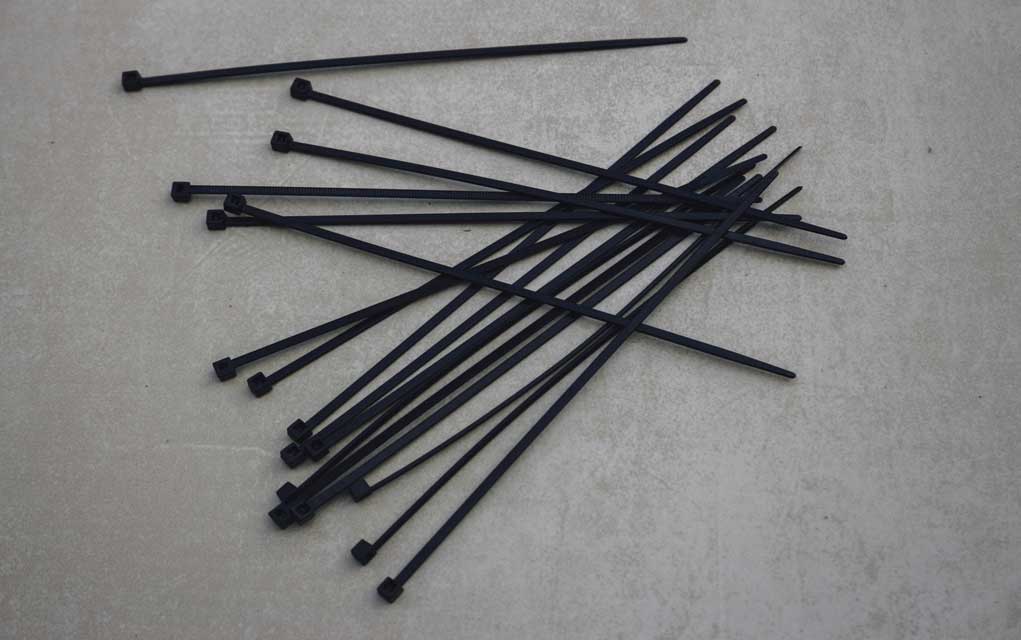(ModernSurvival.org) – Most of us have been there more than once. After a long day, when you want to kick back and relax, all is well — until suddenly, in an otherwise quiet house, you hear it.
Drip… Drip… Drip
Pretty soon, that seems like ALL you can hear, and now you have the choice of listening to it all night or calling a plumber — which usually costs around $75 an hour, and that’s before they actually fix anything. By comparison, the cost for the parts to fix most plumbing issues is under $10. That dripping noise that’s driving you insane? It’s likely to cost under $5, with parts left over.
Silence the Drip
Head to the hardware store and pick up a small bag of faucet gaskets. If you’ve never done this before, get the variety pack to have the right one. You’ll need the gaskets and a flathead screwdriver.
The most likely culprit is a gasket inside the handle of the faucet. There’s a valve inside, and when you turn the handle, it opens to let water through. The hot water side is usually the first to go. Watch for steam, or feel the spout to see whether the culprit is cold or hot. Turn the water off under the sink or at the main valve. You’ll know you’ve got the right one when it stops dripping.
Pry the cap off the top of the knob if there is one. Inside, you can see the top of a bolt. It may even be a Phillips-head, but your flathead is still likely to fit it. Unscrew the bolt from the mechanism inside and pull it out. There should be at least one gasket on it. Even if the gasket doesn’t look damaged, remove it— even a tiny bit of wear and tear can cause it to leak. Once the old gasket is replaced with a new one, replace the bolt and cap. Turn the water back on under the sink or at the main line and enjoy the silence.
But wait… is that the toilet running?
Toilets 101
A new toilet costs around $100 or more, and if you use a plumber, you can expect to pay about $200 to install a cheap toilet. Again, you can usually fix it yourself for under $10.
If you take the lid off the tank on the back of your toilet, you’ll see a ball inside, hooked to a rod. That ball is what determines when your tank needs more water. If it’s broken, has come off the rod, or isn’t adjusted correctly, it never floats to the fill line. In many cases, all you need to do is pull the ball up until the toilet stops running, then look at the rod or chain to see where you need to adjust it. Typically, all you have to do is move the chain to a higher spot or tighten the nut on the rod to move the ball up. In the worst-case scenario, it’s broken. If so, loosen the nut behind the handle, remove the handle, ball, and chain or rod, and replace it with a new one.
If the toilet is still running after replacing the float, it means there is a leak within the toilet, probably at the gasket between the tank and the seat. No, you don’t need a new toilet, but you need to see if water is coming out between the tank and the seat.
If you see water here, stop the leak by closing the valve on the water line going to the toilet. Head to the store and buy a toilet tank gasket. Once home, flush the toilet to clear the tank. Now, look under the tank to find the bolts connecting it to the sear. Take the bolts off, remove the tank and replace the gasket. Put the bolts back in and tighten them. Turn the water back on.
Go ahead and flush the toilet to test things out.
Wait, is that water coming from under your toilet onto your floor?!
The culprit is most likely your wax ring, which costs less than $2.00. Head back to the hardware store and grab one. Grab a friend, too, because this is much easier to do with two people.
Shut off the water to the toilet and flush it to empty the bowl and tank as much as possible. Remove the nuts on the bolts securing your toilet to the flange. (No, it isn’t secured to the floor.) Pull the toilet off the nuts and flange. Now, remove the wax ring, and clean all the wax from the flange and toilet. Fit the wax ring to the bottom of the toilet.
Hold the toilet over the top of the flange with your fingers near the bolt holes. As you lower the toilet, you’ll feel the bolts. Guide them into the holes. Make sure the toilet is placed evenly on the flange.
Put the washers on first, then put the nuts on the bolts and begin tightening them, making even turns on either side. Do not tighten the first one, then the other, or you will push your wax ring out of place and have to start all over. Once you have your bolts tightened, turn the water back on and test your flush.
Clear a Clog
Now that you’ve gotten the dripping to stop and the toilet fixed, you’ll want to wash your hands. When you do, the sink doesn’t drain. Did you somehow do something wrong when you fixed the leak? Unless you dropped something in the drain, that isn’t even possible. But here we go with more good news — and with it, some basic plumbing knowledge.
For a drain to flow, it needs a clear path, slope, and air. There is very little chance of an issue with your slope, so let’s look into a clear path and air. You flushed your toilet, so you know the main drain is clear. And, let’s face it, most people put all sorts of things down the drain on purpose or by accident, so you’re probably missing a clear path.
Look at the drain directly under your sink. It’s probably plastic, and you may not even need any tools to loosen it. You will need to place a bucket under the drain to catch the water coming out. You should see a curved pipe with nuts on either end of it.
P-Trap
This pipe commonly referred to as a P-trap because of its shape, isn’t there to catch things but sometimes does. Its purpose is to hold water to prevent dangerous sewage fumes from entering your home. Loosen the nuts, remove the trap, and clean it out. Replace the trap and tighten the nuts.
Still not draining?
Line Clog
There may be a clog further down the line. You can head back to the hardware store, but you might already have what you need — baking soda and vinegar. Pour baking soda into the top of the drain or pack it in there. Then, pour vinegar on top of it. Keep pouring vinegar until the fizzing stops and/or the drain allows the liquid to pass through. If this doesn’t work, you may need to purchase or rent a plumbing snake, which you insert into the drain and keep inserting until it hits something. Then, gently insert more before pulling it out to clean off the debris. You may need to repeat this step more than once.
Lack of Air
Remember when we said you needed air for the drain to flow freely? If your lines are clear and your drain still isn’t flowing, you may need to check your vents. On the roof of your house, you’ll see drain lines sticking out. Sometimes the cap comes off, and debris gets inside, but it’s more likely that water itself is plugging the line. In the winter, debris and water can come together and form a solid pocket of ice that prevents air from getting through. When this happens, your drain won’t flow. The solution is as simple as pouring hot water into the vent pipe.
Other things could go wrong with your plumbing, like tree roots growing into your lines, lines breaking or freezing, and many less common problems. We’ve looked at the most basic issues that most people face. But having the skills and knowledge to address these issues can save you a ton of cash and even encourage you to work on more things yourself.
~Here’s To Your Survival!
Copyright 2023, ModernSurvival.org













